
California Buckeye: A Tree for All Seasons
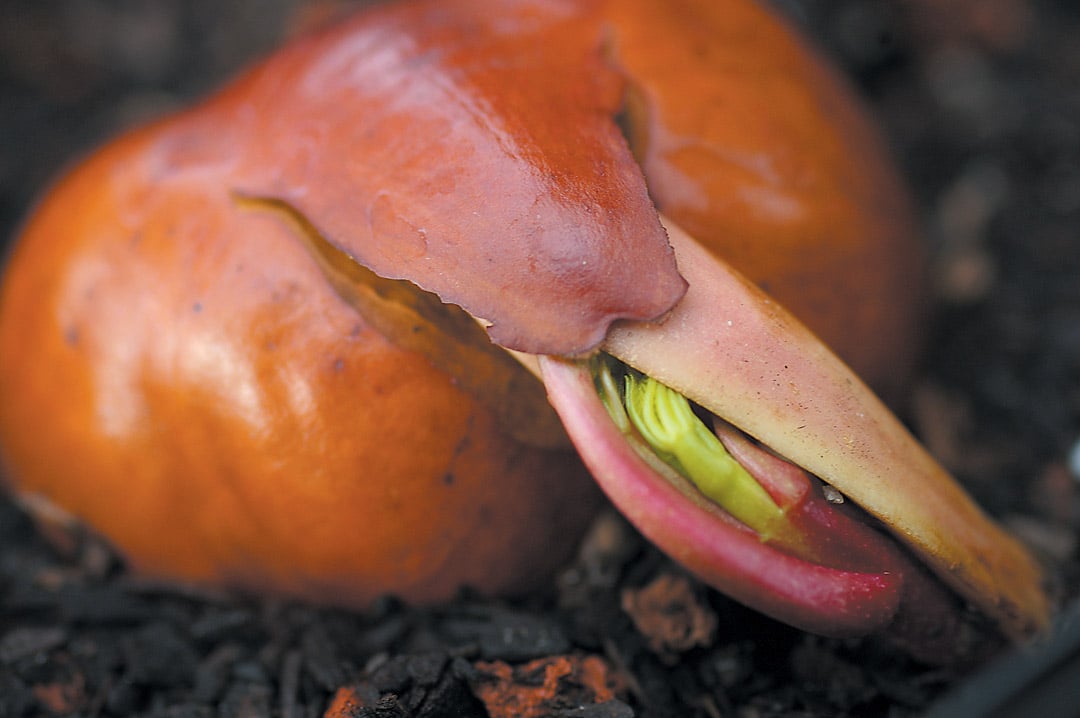
Contributor

Think of any image of California’s natural beauty, and there’s almost certainly a tree in it. It might be a coast redwood, giant sequoia, valley oak, or Monterey cypress. In fact, California may be over-endowed with emblematic trees that evoke some portion of this large and diverse state. There is the coast live oak, Santa Lucia fir, incense cedar, California nutmeg, bay laurel, and the weeping Brewer spruce. The pines alone reflect much of the state’s geographic diversity: Monterey, knobcone, sugar, Torrey, foothill, ponderosa, foxtail, pinyon, or bristlecone—to name only a few. Just the sight of them would cause many to heave a sigh of fond remembrance of places lived, loved, and enjoyed.

California buckeye (Aesculus californica) recalls the foothills, valley margins, oak savannah and forest, and chaparral openings. It is not as massive or showy as some of the aforementioned trees, nor do you find many parks devoted specifically to its splendor, yet it is much loved. It is a true California endemic, not occurring elsewhere in the world! A tree of subtle elegance and evocative presence, it is lovely alone but is usually found in drifts or thickets filling winter-cool swales or rippling across rolling hillsides and bursting out of deep and craggy canyons.
Expanding buckeye buds in late winterA Plant Out of Synch?
The California buckeye is a plant to enjoy throughout the year, although it may sometimes seem like the tree is unclear on which month it actually is. Leaping ahead by at least a season, the buckeye is actually finely tuned to California’s versions of a mediterranean climate. Why wait until April to leaf out when water is more likely to be available in February? Why hold onto your green leaves until October when it gets really parched in June?
The sequence of seasonal delights begins not long after the first fall rains. In the cool damp shadows, the glossy mahogany-colored seeds that litter the ground under their mother-tree begin to come to life. A large creamy finger-like projection creeps out of the seed and curves downward to impale the earth, in a way that might suggest the erotic. After penetrating the damp earth a secondary furl of growth occurs where the “finger” meets the soil. It produces a glossy rose pink or red stem, topped with tiny chartreuse green, fingered-foliage; this is the infant tree.
A sentimentalist may see this energetic nursery of incipient trees as a sign of re-growth, regeneration, and revival. But the harsh reality is that most will not survive long, especially as conditions and competition heat up in late spring. A surprising number of seedlings may germinate as albino- or golden-foliaged, all or in part, but these never survive in the wild.
Winter Delight
All this regenerative rustling in the underbrush is visually remarkable and life affirming, but it is really the winter branch display that shines. The silvery branches are especially dramatic when catching the winter light—bold simple branches sweeping up and out, so even the largest trees can resemble enormous shrubs from a distance. And it seems as if no two are exactly the same! Often those layers of branches will be encrusted with multicolored lichens, sometimes clothed in cascades of soft mosses, or hosting colonies of polypody fern (Polypodium spp.).
The winter branch display may be the sparkle, but the often irregular, gnarled and lumpy, multi-branched trunk provides the substance. Young trees may not be exceptional in this feature, but old buckeyes are worthy of veneration. Their stocky bases, often with branches crossing and fused together in odd patterns, are one-of-a-kind works of art. Some are reminiscent of the fanciful water-worn stones found in Chinese gardens, others of some woodcarver’s fantasy on prancing pachyderms.

An Early Spring
Almost as if to dispel the winter’s gloom and chilly dampness, the buckeye heralds the approaching spring long before any other tree, with its soft yellow green shoots of new foliage and stems bursting out of large, green, bronze-tinged bracts. The new leaves expand into a hand-like umbrella of leaflets.
And if you thought the silvery bare branches of winter were lovely, those same branches tipped with little tufts of lime-green foliage are even more enchanting. Whether in sun or swirling mists, or even sprinkled with snow, this is the plant for those of us addicted to season-denial. Can’t wait for spring? Plant a buckeye; it can’t wait either.
For the first two months of leaf, the tree is still quite open to the light and is typically a chartreuse-green color that compliments the rapidly greening grasses and forbs. As the season progresses, the leaves age to a deep mat green, which then contrasts handsomely with the tawny tones of the nearby ripening vegetation.
To signal a transition into summer, the trees shoot out long conical trusses of lightly fragrant, frilly white, azalea-like flowers. This happens rather suddenly; while the clusters are forming, they initially appear almost like branch-tip extensions. But as these projecting spikes open their dozens of buds, the tree becomes an exuberant mass of floral fireworks. The majority of trees have spikes that point upward and outward, more or less extending the direction of the branch, but occasional trees have flower clusters that curve downward, some dramatically so, giving the appearance of a floral waterfall.
If you bother to look closely, each flower is delightfully detailed: primarily white, usually with a darker “eye,” and often flushed with pale pink or yellow. A few trees have flowers with a pinkish cast, most of the color coming from the eye or the much deeper colored flower buds, which are sometimes rose pink. The massed flowers also produce long projecting filaments with orange stamens that, from a distance, give each cluster an outer haze of soft color, much like a bottlebrush. Most of the flowers in each cluster are male and, thus, incapable of producing seeds; only two or three at the tip are fertile and will produce the actual buckeyes. While in flower, the trees will be alive with masses of bees and other insects partaking of this floral feast.

Summer Dormancy
Just as the trees finish flowering (sometimes before, especially in dry areas or dry seasons), the foliage will begin to show “autumnal” tints of soft yellow and tan, and the leaves begin to fall or wither. This can take a while, frequently all summer; a lot depends on where the plant is growing, on the air temperatures, wind, and underground water reserves. Although some leaves will drop, most remain hanging on the tree. Some buckeye trees may have all dried leaves, some will have green leaves near the branch tips and dried below, others will be almost all green or green with yellow highlights. Buckeyes often grow in association with poison oak (Toxicodendron diversilobum), whose leaves turn yellow, pink, or scarlet in early summer. Areas where the two grow together may appear like an autumn woodland, yet the summer is only beginning.
Summer is the buckeye’s least appreciated season. Someone unfamiliar with California’s dry season may wonder why all the buckeyes seem to be dying. But those crispy pendant leaves, varying from honey to graham cracker color, are seldom of concern to long time residents, as they become just part of the seasonal transition, their colors as much a part of the landscape as the dried grasses. Rather than a distraction, the foliage dries out in subdued harmony with the summer dry season, a natural manifestation of the baking heat. In this dry-leaf state, the California buckeye provides a pleasant contrast to other still-green trees nearby.
In a large natural landscape, buckeyes are just one element and the summer dried leaves, a visual detail. In a garden, the fastidious gardener may find this tardily deciduous quality to be an endless clean-up chore. Thus, the buckeye lends itself to a more casual gardening style, especially one where a natural leaf litter is valued.

By late summer and fall, the trees again catch everyone’s attention as the branch tips droop with clusters of what look like large leathery pears. The sun begins to slant and the shadows spread—perfect for highlighting the branching and fruit. Soon the husks split open and those remarkable glossy seeds cover the ground again. Though thoroughly inedible (unless leached of their toxins, as the Native Californians did), there is something irresistible about this seed, looking as if it had been carved, lacquered, and polished; few can resist picking up one or more, often pocketing them to be brought home for a show-and-tell with family or friends. And then the rains come, and the year-long cycle begins anew.
Share:
Social Media
Garden Futurist Podcast
Most Popular
Videos
Topics
Related Posts

Ground Up Science for Greener Cities with Garden Futurist Dr. Alessandro Ossola
Spring 2023 Listen to the Podcast here. Alessandro Ossola is a scientist who gets very excited about the challenge of climate change allowing for an

Readying Urban Forests for Climate Realities with Garden Futurist Dr. Greg McPherson
Winter 2023 Listen to the Podcast here. “Going from the mow and blow to a more horticulturally knowledgeable approach to maintaining the landscape. And that

Welcome, Greywater, to the Garden
Summer 2022 Oh, summer: delightful warm air, tomatoes swelling on the vine, fragrant blooms on an evening stroll. When it’s warm and rainless, how is
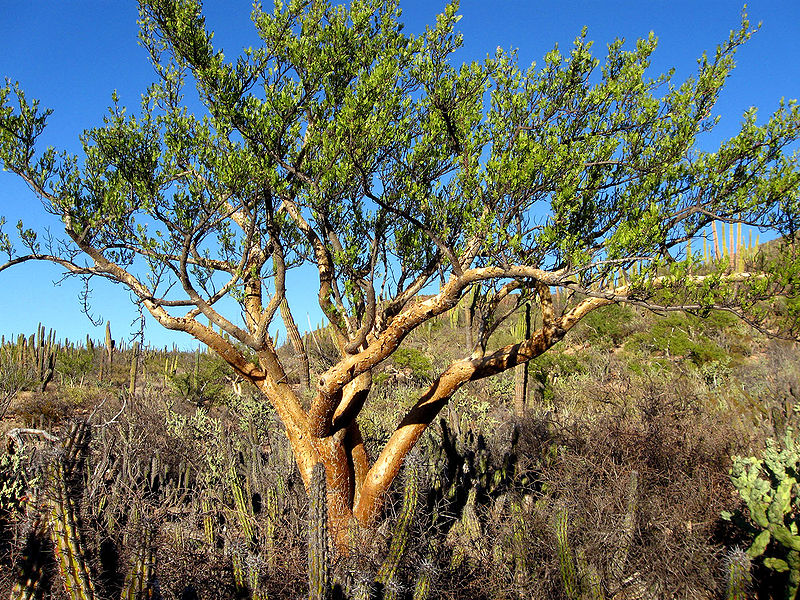
Big Tree-Data and Big-Tree Data with Garden Futurist Matt Ritter
Summer 2022 Listen to the full Garden Futurist: Episode XV podcast here. We are in an environmental crisis right now in many parts of California





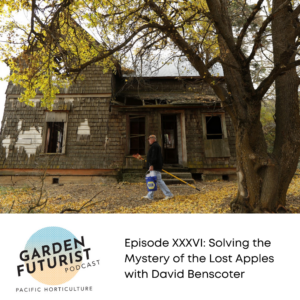

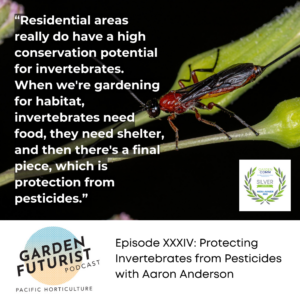

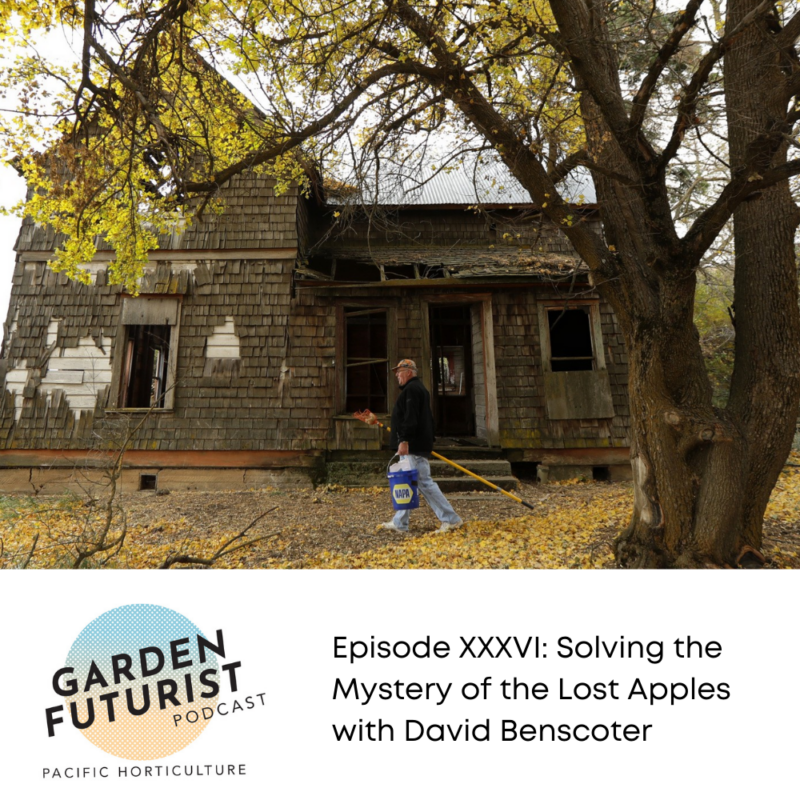
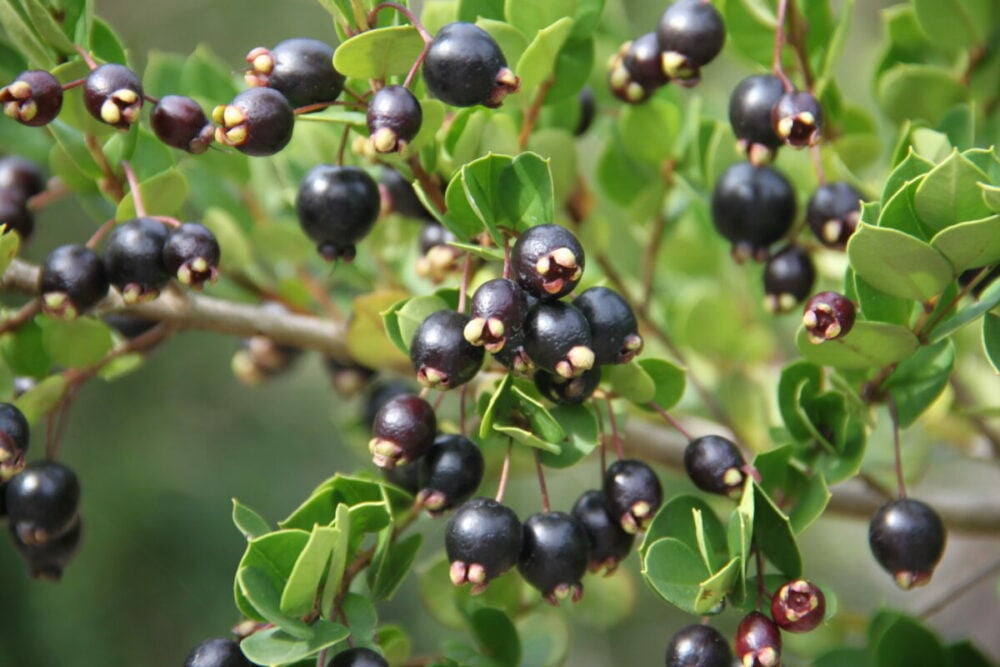



Responses